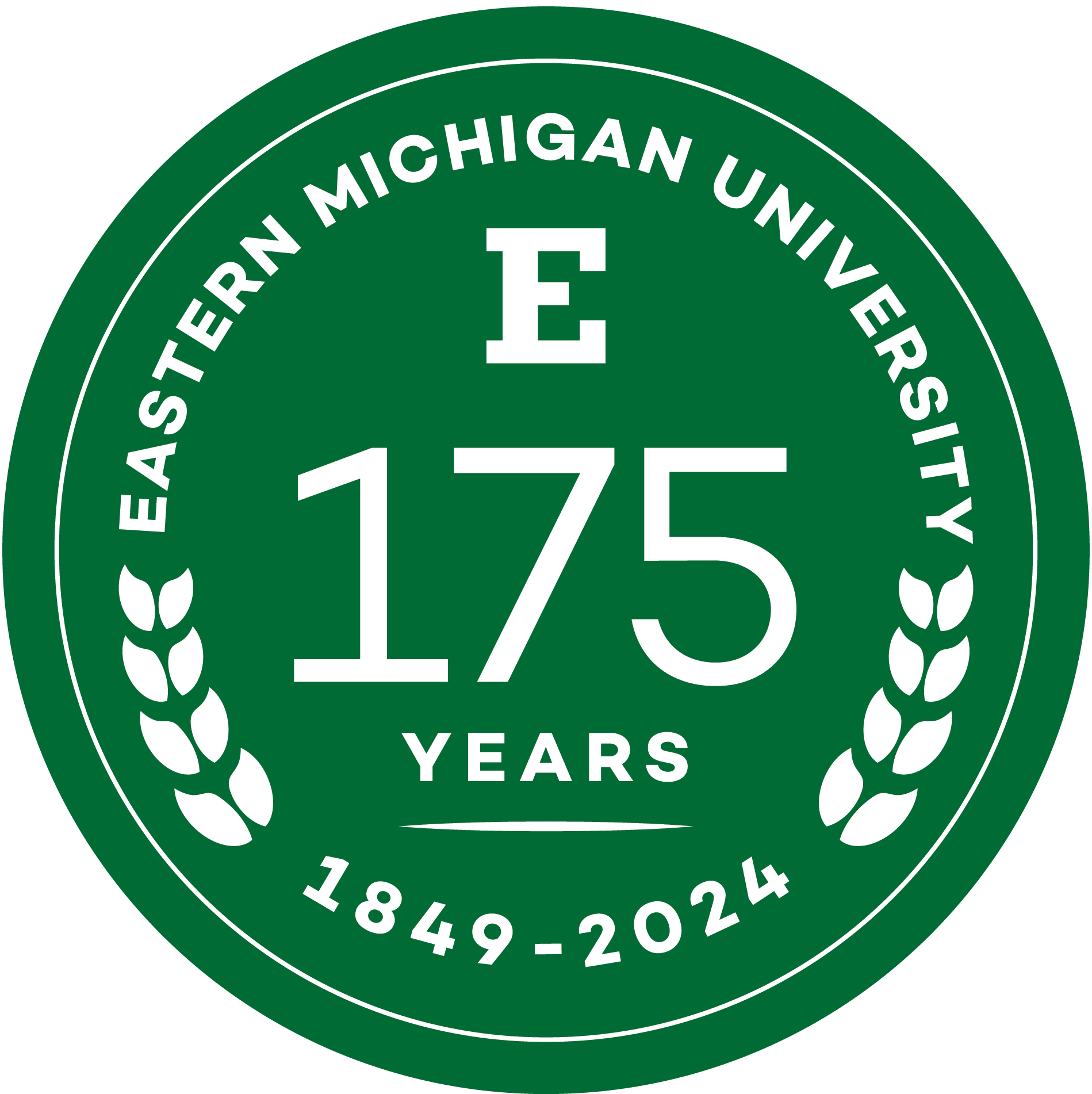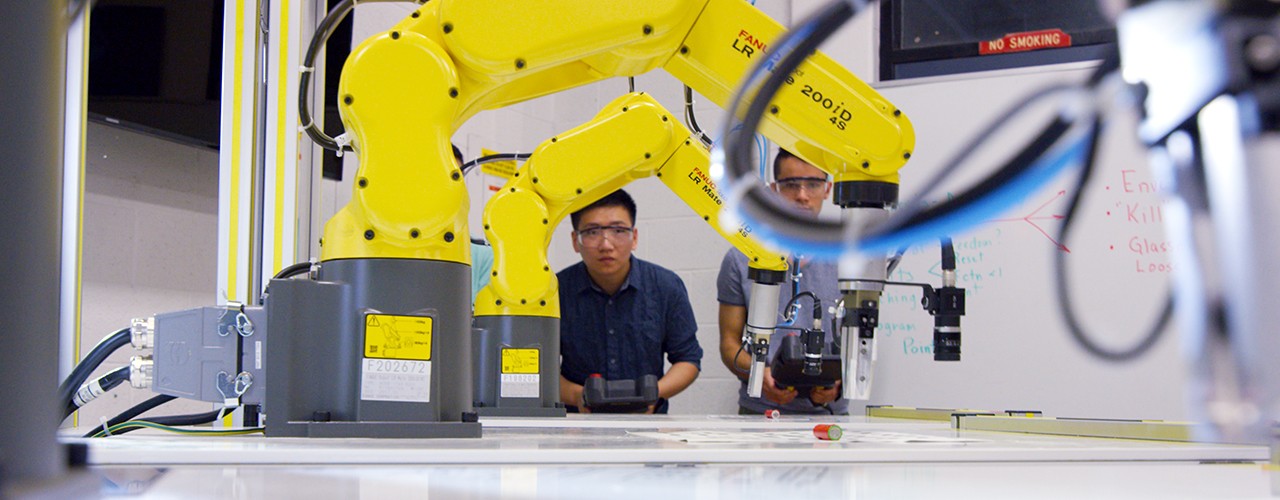COT students prepare for a future led by artificial intelligence
There’s no turning back—artificial intelligence is having an ever-increasing impact on our society.
For evidence, look no further than Sophia, the human-like robot that in 2017 conversed with Jimmy Fallon on the Tonight Show and debated the future of humanity with a humanoid resembling Albert Einstein.
Researchers are predicting a future that involves robots that sense, comprehend and act—either to complement human activities or replace humans altogether. Eastern’s College of Technology (COT) is taking steps to prepare students for that not-too-distant future by putting them on the path toward mastering artificial intelligence.
The COT recently purchased five Robots for Education, built by FANUC Corporation of Japan, for use in Introduction to Engineering Technology (ET100) courses. As a complement to the robots, FANUC America provided a gift-in-kind to the College of Technology that includes a Certified Instructor Training Tool Kit and a Comprehensive Education Package. This in-kind donation was valued at nearly $400,000.
The educational robots are small-scale versions of similar robots used in diverse industries, from automotive to aerospace.
“The robots use vacuum grippers to hold objects like welders or spray painters—anything you’d find in an assembly line or warehouse setting,” says Al Tessmer, part-time lecturer in Technology Studies and robotics instructor at EMU. “These robots are very versatile and can perform human-like tasks.”
The educational robots can only hold objects up to 2.2 pounds. But they use sensors to perform activities like those of their full-size counterparts. The students manipulate the robots’ movements using hand-held programmable logic controllers.
“These robots are very complex machines,” Tessmer says. “It takes a lot of knowledge to operate them properly and there’s a lot that can go wrong if you don't receive the proper training. So our students are learning patience, diligence and problem-solving. They’re using their electrical engineering and computer science skills to understand why a robot won’t follow the code written for a certain behavior, for example.”
The students are also working with Tessmer to write a training manual for the robots.
“There are many translation errors in the FANUC user manuals,” Tessmer says. “The students are working with me to provide feedback to the company. We’ll also publish a training manual for classroom use. Eleven students will be cited as authors.”
As a byproduct of creating the manual and developing their engineering and computer science skills, students are also learning how to share what they learn with their peers, acting almost as assistant instructors.
“Students need to transition from being consumers of knowledge to producers of knowledge,” Tessmer says. “As they approach different challenges in artificial intelligence, they’ll discover things to share with faculty and fellow students. But students also need to explain what they’ve learned in ways so others can learn from them.
“These skills will serve our students well in the workplace. Robots are the future, and we have to prepare for that by transforming from a manufacturing to an information economy. No company can afford to bring someone aboard to use this highly technical equipment if they can’t share what they learn. Artificial intelligence isn’t just about pushing buttons on a computer.”
Students can apply their robotics skills to careers all over the world that involve artificial intelligence, Tessmer says.
“Robots may be taking the place of people,” he says. “But if students are willing to learn robotics, there will be plenty of jobs in making, maintaining, repairing and controlling them.”
COT faculty and students are sharing their robotics capabilities with the community through a series of open house workshops. These free demonstrations take place on Tuesdays and Thursdays from 6-8 p.m. in Sill Hall. For more information, call 313.682.7848.
About Eastern Michigan University
Founded in 1849, Eastern is the second oldest public university in Michigan. It currently serves 20,000 students pursuing undergraduate, graduate, specialist, doctoral and certificate degrees in the arts, sciences and professions. In all, more than 300 majors, minors and concentrations are delivered through the University's Colleges of Arts and Sciences; Business; Education; Health and Human Services; Technology, and its graduate school. EMU is regularly recognized by national publications for its excellence, diversity, and commitment to applied education. For more information about Eastern Michigan University, visit the University website.
September 18, 2018
Written by:
Jeff Samoray
Media Contact:
Darcy Gifford
dgiffor2@emich.edu
734.487.5375
More Stories
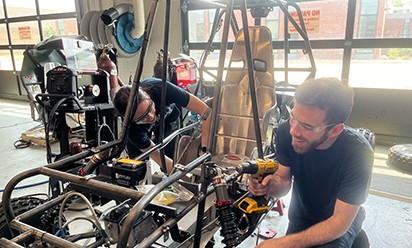
EMU Baja Racing Team to showcase vehicle innovation at 2024 Baja SAE Williamsport Competition – May 16-19.
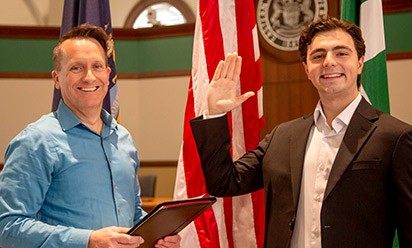
Historic win at Eastern Michigan University: Hamzah Dajani becomes first international student body president, joined by Jack Booth as vice president.
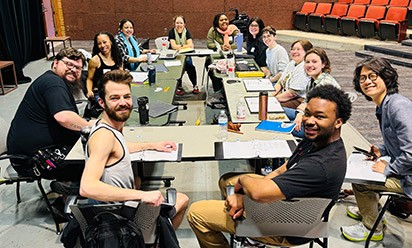
Eastern Michigan University Theatre presents world premiere staged reading.
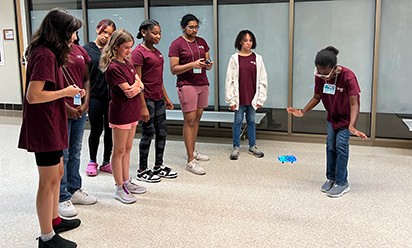
Exploring Computer Science: Bits and Bytes Camp provides middle school girls with hands-on learning experience.
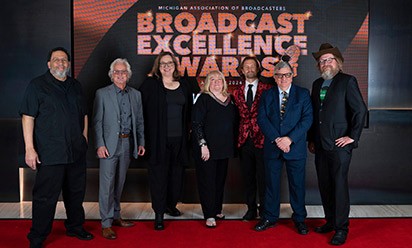
89.1, WEMU takes top honors for the second consecutive year at the broadcast excellence awards.

